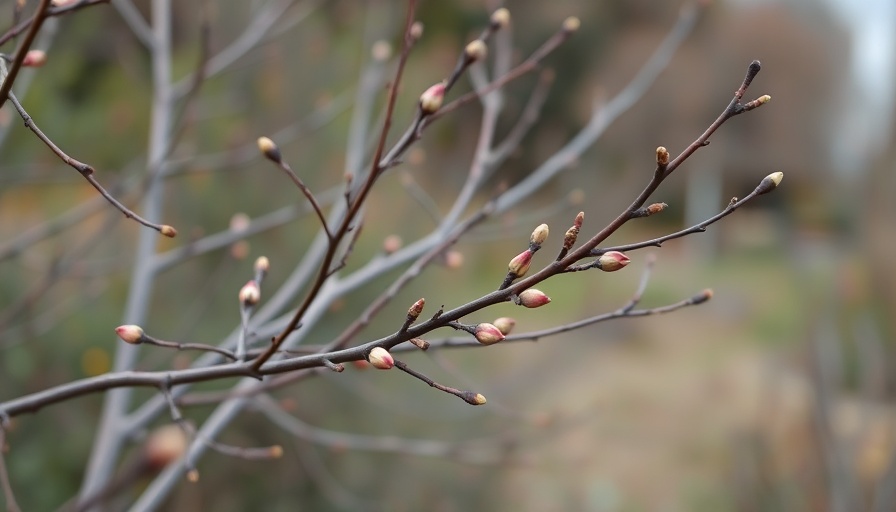
Why Pruning is Essential for Thriving Plants
Pruning is not merely a chore in the gardening world; it is an art form that speaks to the health and productivity of your plants. For both new and experienced gardeners, the thought of pruning can be daunting, but with the right techniques and knowledge, you can transform your space into a flourishing haven. Essentially, pruning helps guide your plants' energy to critical areas, promoting growth, and preventing diseases and pests. When done correctly, it leads to healthier plants that produce more blooms and fruit.
Understanding the Four Ds: A Practical Approach to Pruning
The Four Ds of pruning—dead, diseased, dying, and damaged—serve as a foundational rule when it comes to cutting back plants. Any branch or stem that falls into these categories should be removed promptly. Not only does this alleviate potential stress for the plant, allowing it to direct its energy toward healthy growth, but it also enhances air circulation, reducing the risk of fungal diseases.
Common Misconceptions: Letting Go of Fear
Many gardeners fear pruning, worrying that their plants will suffer from too many cuts. Common myths include the belief that more cuts lead to more blooms or that pruning should happen whenever you feel like it. In reality, a careful approach is needed. Over-pruning can hinder your plants' growth and flower production. Thus, understanding timing and technique is crucial for responsible pruning.
The Best Timing for Pruning: Seasonal Guidance
Timing your pruning activity can drastically alter its effectiveness. The general guideline suggests:
- Spring: Ideal for trimming winter damage and for shaping summer bloomers before they grow.
- Summer: Focus on light shaping and deadheading to encourage continuous blooms.
- Fall: Minor pruning is best after flowering cycles finish.
- Winter: Heavy pruning is most effective since many plants are dormant.
Tools of the Trade: Essential Pruning Equipment
Having the right tools can make or break your pruning experience. Essential items include:
- Hand Pruners: For small branches and accurate cuts.
- Loppers: Great for thicker branches that are beyond the reach of hand pruners.
- Pruning Saws: Necessary for larger limbs without causing damage.
- Hedge Shears: Perfect for shaping hedges and ornamental grasses.
A sharp, clean tool makes all the difference, ensuring precise cuts that won't harm your plants.
Pruning Techniques for Different Plant Types
Different plants have unique needs depending on their type. For example:
- Trees: Focus on structural pruning, removing branches that rub against each other.
- Flowering Plants: Regular deadheading can promote new blooms.
- Fruit-Bearing Plants: Pruning encourages better sunlight exposure and airflow, leading to healthier harvests.
- Perennials: Light pruning can keep aggressive growers in check without stunting their health.
Take Action: Your Next Steps in Pruning
Feeling empowered to tackle your pruning projects? Grab your pruners and head outside. Regular upkeep not only beautifies your garden but also provides you with a delightful bounty of fruits and flowers throughout the growing season. If you're seeking advice or further insights on growing a successful garden, consider joining a local gardening community or taking an online gardening workshop to connect with fellow enthusiasts and experts. The journey to 'pruning like a pro' awaits!
 Add Row
Add Row  Add
Add 




Write A Comment